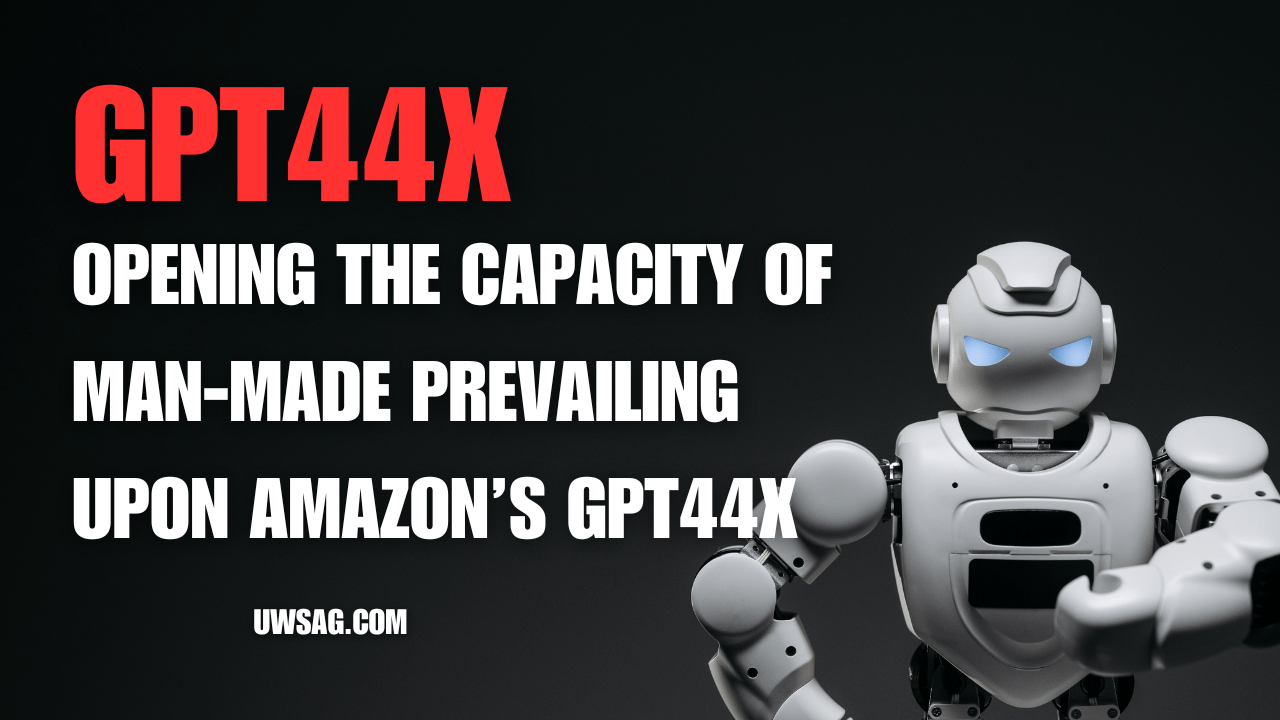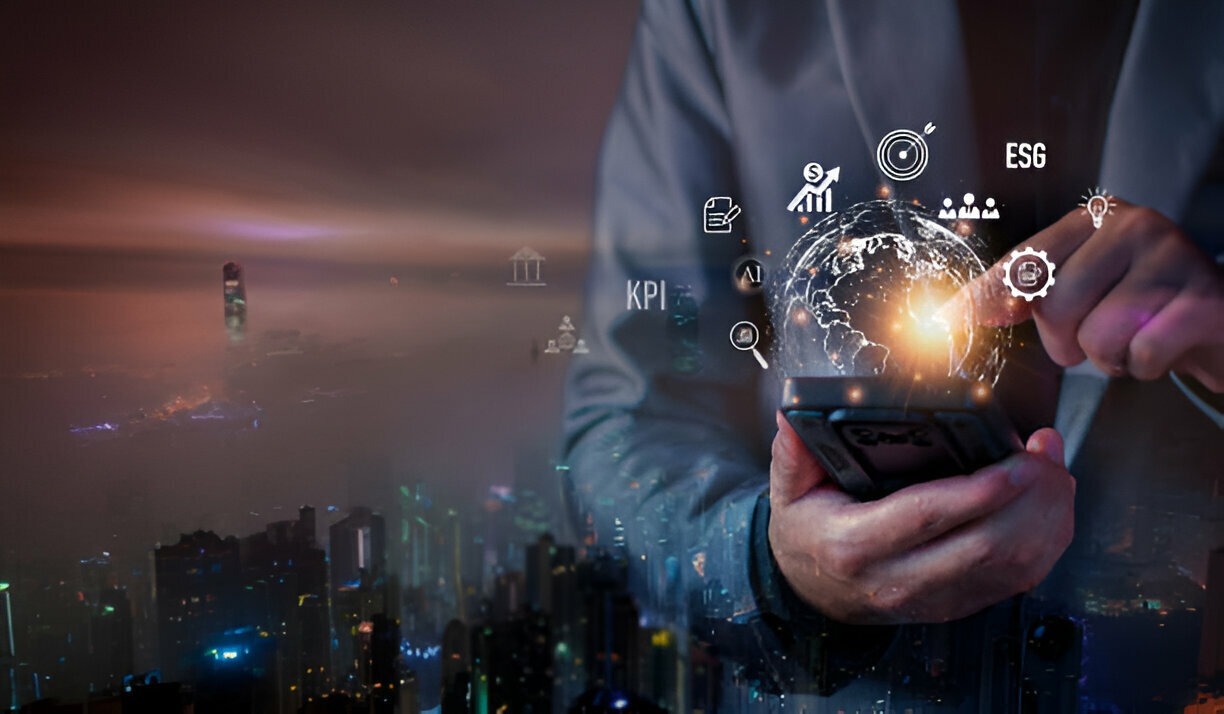Table of Contents
In today’s world, where nearly everything is connected, from our smartphones to industrial machines, there’s one concept that quietly operates behind the scenes—telemetryczny.
It’s a term that might sound unfamiliar, but it’s becoming an integral part of our daily lives, driving everything from healthcare to transportation and agriculture to energy management.
In this article, we’ll explore what means, how it functions in various industries, and why it’s essential for the future of technology.
Telemetryczny: From Origins to Modern Use
Let’s begin with the basics. The term “telemetryczny” is rooted in the Polish word for telemetry, a concept that refers to the automatic collection and transmission of data from remote or inaccessible locations to a central system.
This data can be anything from the temperature of a machine to the heart rate of a patient. In essence, technology allows systems to gather, transmit, and process data remotely—making it an invisible but crucial part of modern technology.
The origins of telemetry date back to the early 20th century, with its first widespread application in rocket development and aviation. However, in recent years, the rise of technologies such as the Internet of Things (IoT), 5G, and artificial intelligence (AI) has exponentially expanded the use of systems across multiple industries.
The Role of Telemetryczny in the Internet of Things (IoT)
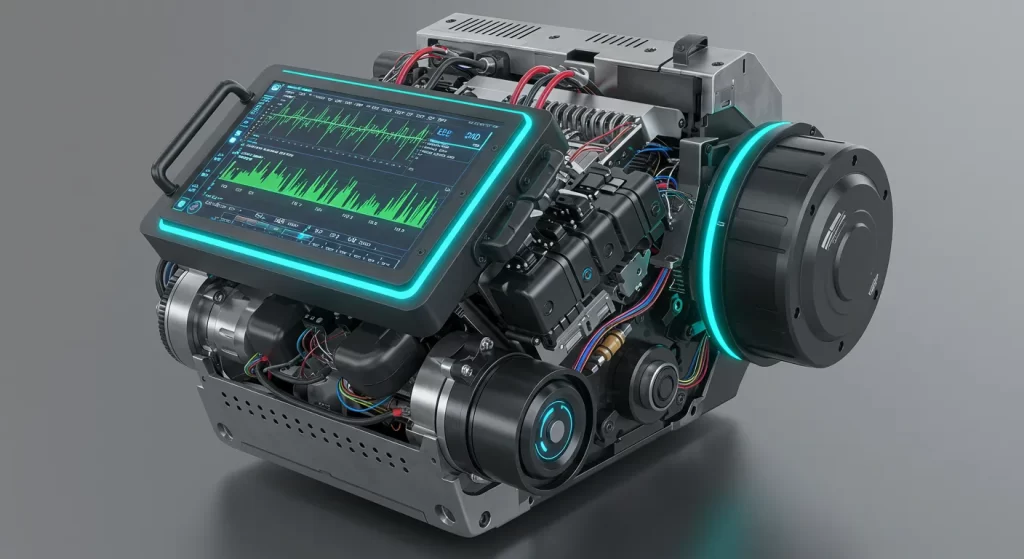
The Internet of Things (IoT) revolutionized the way devices connect and communicate. It is no longer just about smart homes or fitness trackers; IoT has created a vast network of devices that continuously collect and share data.
These connected devices, ranging from wearable health monitors to smart refrigerators, rely on principles to gather and send data for analysis.
Thanks to telemetry, these devices can alert users about everything from health issues to potential maintenance needs, allowing for real-time responses and minimizing downtime or safety risks. As more industries adopt IoT, telemetryczny systems become even more vital in maintaining connectivity and optimizing performance.
Healthcare: Improving Remote Monitoring
One of the most life-changing applications of technology is in healthcare. Telemetryczny patient monitoring systems allow medical professionals to monitor patients remotely, reducing the need for constant bedside observation.
For instance, a wearable device can send real-time data about a patient’s vitals to doctors or nurses, enabling them to detect any anomalies or issues early on.
This same technology is also used in home healthcare, where patients can use remote monitoring tools like insulin pumps or heart rate monitors to track their health and send data to their doctors for analysis.
With AI integration, these devices can even predict potential health complications before they occur, allowing for timely intervention.
Also Read: Increa: A Modern Framework for Personal and Professional Growth
Aerospace and Aviation: A Crucial Tool for Flight Safety
Aerospace and aviation have always relied on telemetry to ensure the safety and efficiency of their operations. Every time a satellite is launched, or a plane takes off, telemetryczny systems gather and transmit data regarding the engine’s performance, fuel levels, and environmental conditions.
During the infamous Apollo 13 mission, telemetry data played a critical role in diagnosing the malfunction that almost jeopardized the mission.
Today, telemetryczny systems continue to be indispensable in space exploration, allowing engineers to monitor spacecraft in real-time from millions of miles away, ensuring that missions proceed smoothly and safely.
Automotive Industry: Keeping Vehicles and Fleets in Check
Modern vehicles are equipped with advanced telemetryczny systems that monitor everything from engine health to tire pressure. These systems provide real-time diagnostic data to both drivers and fleet operators, ensuring that potential issues are addressed before they lead to costly breakdowns.
For example, ride-share companies use telemetryczny technology to track driver behavior, optimize routes, and improve overall service efficiency.
Furthermore, autonomous vehicles—those that drive themselves—rely heavily on telemetryczny systems. They collect continuous data from a variety of sensors, helping the vehicle make split-second decisions in real-time. Without telemetry, self-driving cars wouldn’t be able to function safely.
Agriculture: The Rise of Smart Farming
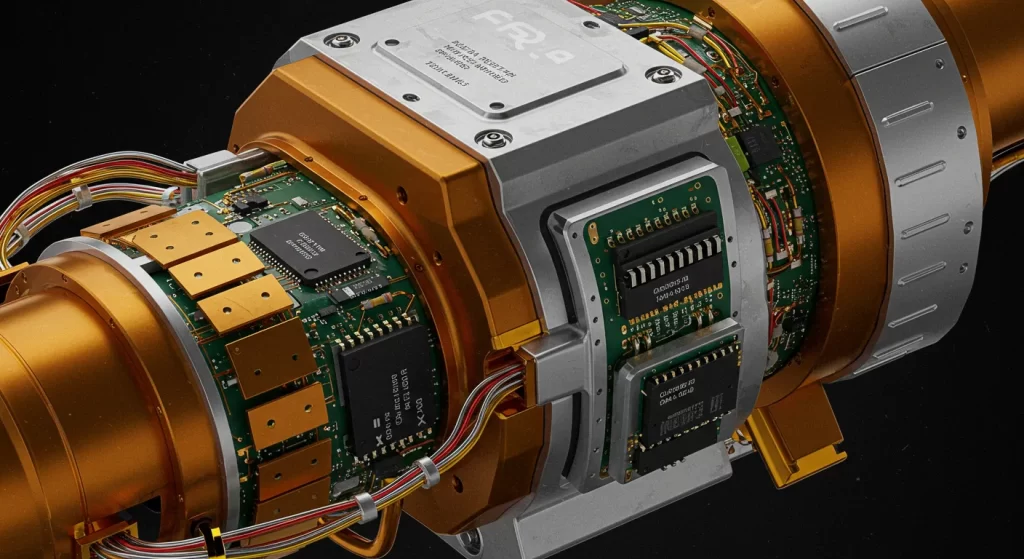
In agriculture, telemetryczny systems are revolutionizing the way crops are grown and managed. Farmers in Poland and around the world are now using GPS-enabled tractors that rely on telemetry data to optimize planting, irrigation, and harvesting.
Sensors embedded in the soil monitor moisture levels, allowing irrigation systems to water crops only when necessary—saving both water and energy while maximizing yields.
This data-driven approach is referred to as “precision agriculture” and is becoming increasingly popular as it allows farmers to manage their resources more efficiently and sustainably.
Energy and Utilities: Ensuring Efficiency and Sustainability
The energy and utilities sectors also benefit significantly from telemetryczny systems. In power grids, telemetry devices monitor everything from load balancing to predicting and responding to outages. Smart meters installed in homes transmit data on energy consumption, which not only helps in dynamic billing but also enhances energy efficiency.
Renewable energy sources, such as wind turbines and solar panels, rely on telemetry to track performance and detect any malfunctions remotely. In some cases, the systems can even initiate maintenance protocols autonomously, minimizing downtime and increasing reliability.
Systems: Architecture and Core Components
While telemetryczny systems can vary in complexity depending on the industry, they all share similar core components. These systems typically include sensors or measurement instruments that gather data, a transmission channel (often wireless), a data logger or onboard processor that handles data locally, and a receiver station or server that collects and stores the data for analysis.
The final piece of the puzzle is the analytics engine, which converts raw data into actionable insights, helping businesses and organizations make informed decisions based on real-time information.
Why Systems Are Essential for the Future
The increasing reliance on telemetryczny systems is not just about improving efficiency—it’s about ensuring that industries can meet the demands of a rapidly changing world. Telemetry enables real-time insights, allowing businesses to respond immediately to issues as they arise. It supports decision-making by providing factual, data-driven inputs, making it easier to predict trends and optimize operations.
As we move towards a more interconnected world, telemetryczny technology will play a central role in the development of smarter cities, more efficient supply chains, and safer, more sustainable industries.
Ethical and Security Considerations in Systems
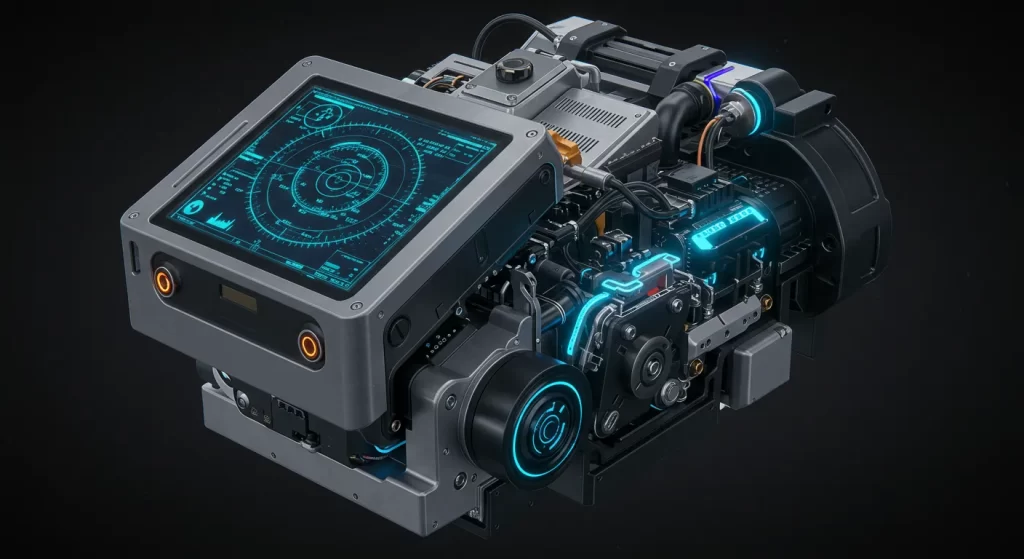
As telemetryczny systems continue to collect vast amounts of data, they raise significant privacy and security concerns. Sensitive information, such as personal health data or vehicle diagnostics, can be vulnerable to cyberattacks if not properly secured. Ensuring that data is encrypted and that proper safeguards are in place is essential for maintaining trust in these systems.
In industries like healthcare and autonomous vehicles, the stakes are particularly high. A breach of telemetry data could lead to severe consequences, both for individuals and organizations. Therefore, strong data governance and secure design are essential in building a trustworthy telemetryczny infrastructure.
Poland’s Role in the Revolution
Poland is quickly becoming a leader in telemetryczny technology. The country’s robust IT sector, combined with its rapidly modernizing infrastructure, has positioned it to be a significant player in the development and deployment of telemetry systems. Polish cities like Warsaw and Kraków are already utilizing telemetry for smart city initiatives, such as managing traffic flow and monitoring environmental conditions.
Polish startups are also at the forefront of developing telemetry devices for remote diagnostics and elder care, helping to drive the digital transformation in healthcare.
The Power of Telemetryczny in Our Lives
Telemetryczny systems are everywhere, even if we don’t always realize it. From the moment you check your smartwatch to the time your car’s diagnostics notify you of maintenance needs, you are interacting with a network. This invisible web of data is shaping the future, making our lives safer, more efficient, and more connected.
As technology continues to evolve, the importance of systems will only increase. Whether you’re in healthcare, transportation, agriculture, or energy, these systems are the backbone of the modern world. They may be silent, but they are undoubtedly powering our digital lives.
What is telemetryczny?
Telemetryczny refers to systems that collect and transmit data from remote locations for analysis, improving efficiency in industries like healthcare, agriculture, and transportation.
How does telemetryczny work in healthcare?
Telemetryczny systems monitor patient vitals remotely, allowing healthcare professionals to track health data in real-time, improving response times and care quality.
What industries use telemetryczny technology?
Telemetryczny is used in various industries, including healthcare, aerospace, automotive, agriculture, energy, and smart cities, enhancing efficiency and real-time monitoring.



